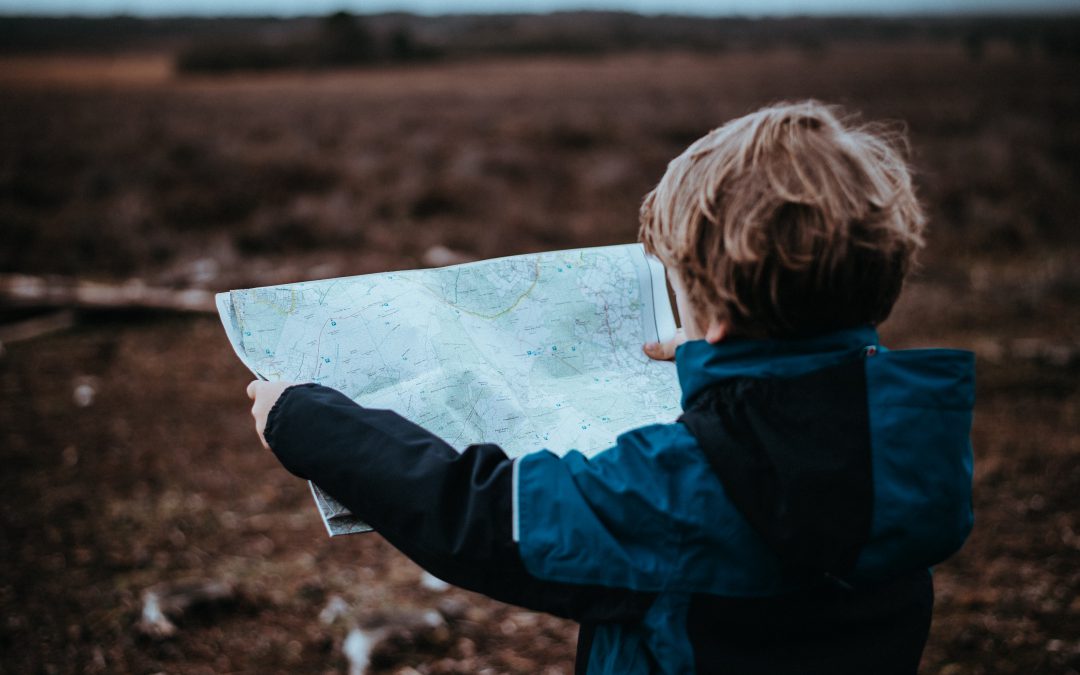Recently as a part of developing a conference agenda on Education as a Catalyst in the Creative Economy, I have been reading and reflecting on educational touch-points and the impact they could have. Very clearly, primary education is a big opportunity.
Young children are natural ‘systems citizens’. They are positive, fearless and believe in a world where anything is possible (Craft 2002, Puchta, 2013). They believe in form and function as they see it and are not restricted by what we say the object is to be used for, how it should be used or what else it could be used for. They are creative, critical, inventive and insightful. They learn to live, read and write by observing and participating in authentic real-life settings. Their abilities to read and write develop concurrently and in interconnected ways and they construct understanding and learning by actively engaging with materials and people around them (Teale & Sulzby 1989).
Reading this made me think. Isn’t this what we want our college entrants to be? Are these skills existent in early learners? What is happening between then and high school? After this great start do we destroy all these natural abilities by creating silos, a focus on content and academic rote learning?
As Sir Ken Robinson asks in his famous talk in 2006 (the most-watched Ted Talk of all time), Do Schools Kill Creativity? He talks of the importance of creativity as a skill for the future and reminds us that children in primary school today will be at the peak of their working life 30–40 years later where the problems facing the world are very different from what we face today.
The World Economic Forum (Future of Work) report says that as early as 2020 the top three skills that people will need are complex problem solving, critical thinking and creativity. Creativity has shown a great jump over the last decade from 21 to 10 and now 3.
As educators, there are two things that we must explore and do: Preserve the natural strengths that young learners have, and build a curriculum that encourages them to become thinkers.
Firstly, Preserving and promoting natural creativity and systems mentality. Yes right from when they come to us as young learners we should create an environment that:
a. Sets a strong foundation for self-belief and self-confidence at a young age
b. Gives greater emphasis on creativity inside classrooms
c. Helps them to learn empathy and collaboration
d. Keeps their natural flexibility, adaptability
e. Encourages them to take initiatives
f. Treats failures as opportunities for learning and development
g. Encourages an all-disciplinary and multi-solution approach to problems
Equally important is building a thinking curriculum that nurtures their inherent abilities and converts them into conscious thinkers through school and college.
The importance of and respect for thinking has to be ingrained in early learners. This will hone their natural creativity and help them to think as a habit. This includes design thinking, creativity, criticality and possibility thinking. The primary year’s curriculum should reward learners for:
a. Asking questions, making connections and seeking better alternatives
b. Being conscious about their thinking and reflection
c. Using design thinking can as a means of learning and solutions
d. Taking ownership of and engaging themselves in the process of learning
e. Prioritizing thinking as a means and premise of learning, knowing and being (Shek, J 2007)
Grading systems and colonial mindsets in education are obsolete concepts in today’s time and need to be relooked at keeping the above in mind. Besides re-aligning the primary education system to the diversity in the ecosystem, it is important to reshape and recraft education at the middle and senior school levels.
It’s also critical that the key stakeholders — education experts, government bodies, parents and students too — collaborate to build strategies that align with changing needs. In a world of collapsed boundaries and ambiguous multiple challenges at every step, integrating design, multi-disciplinary learning, practical experimentation, industry mentoring with mainstream courses is important. This will improve learning experiences through critical thinking and empathy, creating better solutions for people and eventually, the planet.
Let us from the early years focus on sparking curiosity and innovation on the wings of empathy, thinking, imagination and the greater good.
You can also read this on Medium -https://link.medium.com/kTbcQnZcm1












